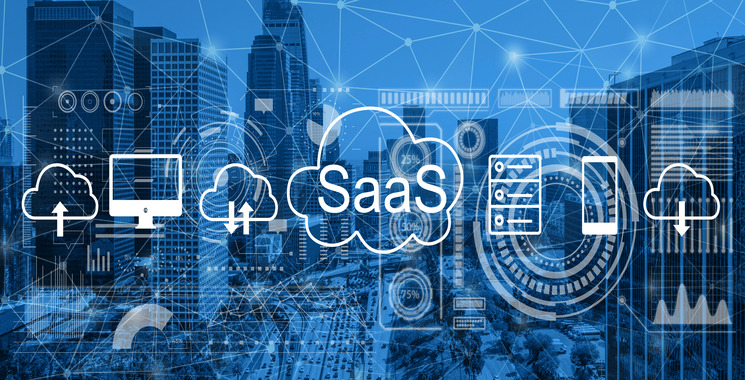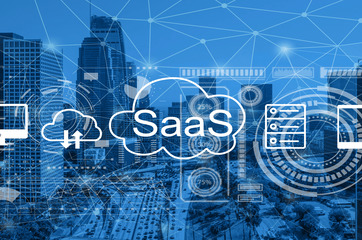Post By

How SaaS is Revolutionizing On-Demand Services

How SaaS is Revolutionizing On-Demand Services
In today's hyper-connected world, consumers expect instant gratification—whether it’s booking a cab, ordering food, getting a plumber, or even scheduling a personal trainer. At the heart of this growing “need it now” economy lies an unsung hero: Software as a Service (SaaS).
SaaS is no longer just a tool for managing emails or running spreadsheets in the cloud. It has become the engine powering on-demand services, allowing businesses to launch faster, scale effortlessly, and deliver exceptional user experiences. Let’s dive into how SaaS is redefining this space.
What is SaaS, Exactly?
Before we explore the impact, a quick recap: SaaS
refers to software that’s hosted in the cloud and accessed via the internet—typically
on a subscription basis. Think platforms like Shopify, Salesforce, or Zoom. You don’t
need to install or maintain the software locally; you just log in and use it.
Now imagine this model applied to on-demand services like ride-sharing, food delivery,
home cleaning, health consultations, or even pet grooming. SaaS is turning these
traditional, fragmented services into scalable, digital-first experiences.


The On-Demand Economy: A Perfect Match for SaaS
The on-demand industry thrives on speed, convenience, and availability. Here's how SaaS is enabling that:
-
Rapid Deployment- Thanks to white-label SaaS platforms, entrepreneurs can launch Uber-like apps or Zomato-style delivery services in weeks instead of months. Pre-built solutions reduce development time drastically and eliminate the need to reinvent the wheel.
-
Real-Time Analytics- SaaS platforms offer real-time dashboards that help service providers track everything from order flow and customer preferences to delivery times and agent performance. This data is vital for making agile decisions and improving the customer experience.
-
Seamless Integrations- Modern SaaS systems integrate easily with payment gateways, CRMs, inventory tools, and communication APIs (like Twilio or WhatsApp). This creates an end-to-end automated ecosystem that saves time and reduces operational complexity.
-
Scalability Without Headaches- As demand grows, SaaS platforms can scale horizontally—supporting more users, more service providers, and even more locations without any significant infrastructure overhaul.
Diane Greene
“Cloud computing is empowering; companies leveraging cloud will be more nimble and focused.”
Real-World Examples of SaaS in Action
-
Gojek and Grab: These Southeast Asian giants run multi-service platforms powered by a combination of SaaS and in-house tech, enabling everything from rides to massages.
-
UrbanClap (now Urban Company): Leverages SaaS platforms for managing appointments, payments, and customer feedback—essential for maintaining service quality at scale.
-
Telehealth Platforms: Apps like Teladoc or Practo use SaaS to manage patient bookings, video consultations, and e-prescriptions securely.

The Innovation Feed.
How Edge Computing is Redefining Real-Time Data Processing
As businesses and devices generate massive amounts of data every second, the ability to process that information quickly and efficiently is more critical than ever.

Nehal
April 11, 2025
Optimizing Delivery Logistics with AI and Automation
In today’s competitive marketplace, efficient delivery logistics are essential for meeting customer demands and improving business performance.

Jinesh Jain
April 11, 2025
How SaaS is Revolutionizing On-Demand Services
In today's hyper-connected world, consumers expect instant gratification—whether it’s booking a cab, ordering food or getting a plumber

Priyanshu Tanwar
April 10, 2025
The Power of Microservices in Scalable Applications
In today’s fast-paced digital world, building applications that scale efficiently and evolve rapidly is no longer a luxury—it’s a necessity.

Kanika Kumari
April 9, 2025
Cloud-Native Solutions: The Future of Business Growth
In an era where digital transformation is no longer optional, businesses are rapidly pivoting to architectures that enable speed, scale, and flexibility.

Ameer Mamoon
April 8, 2023









